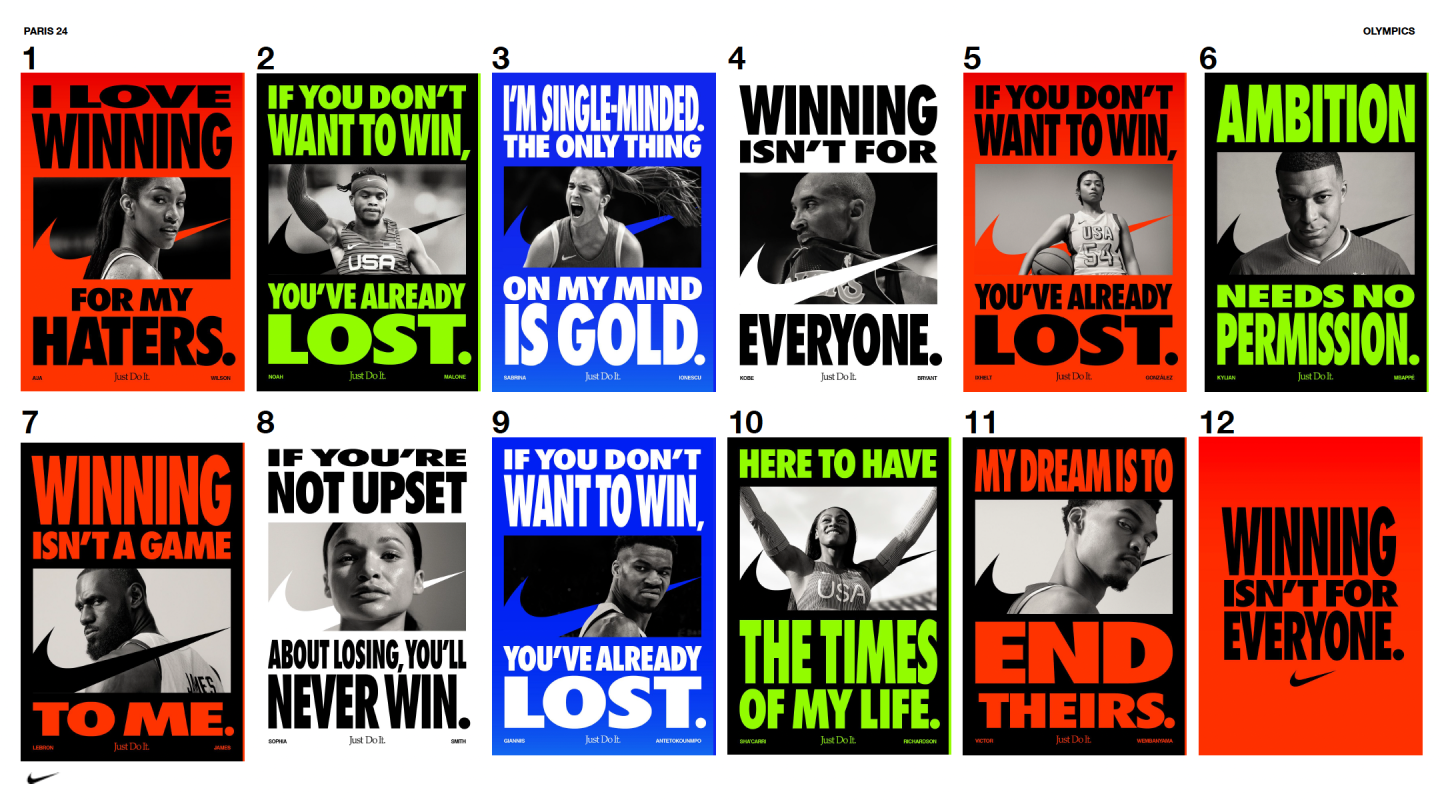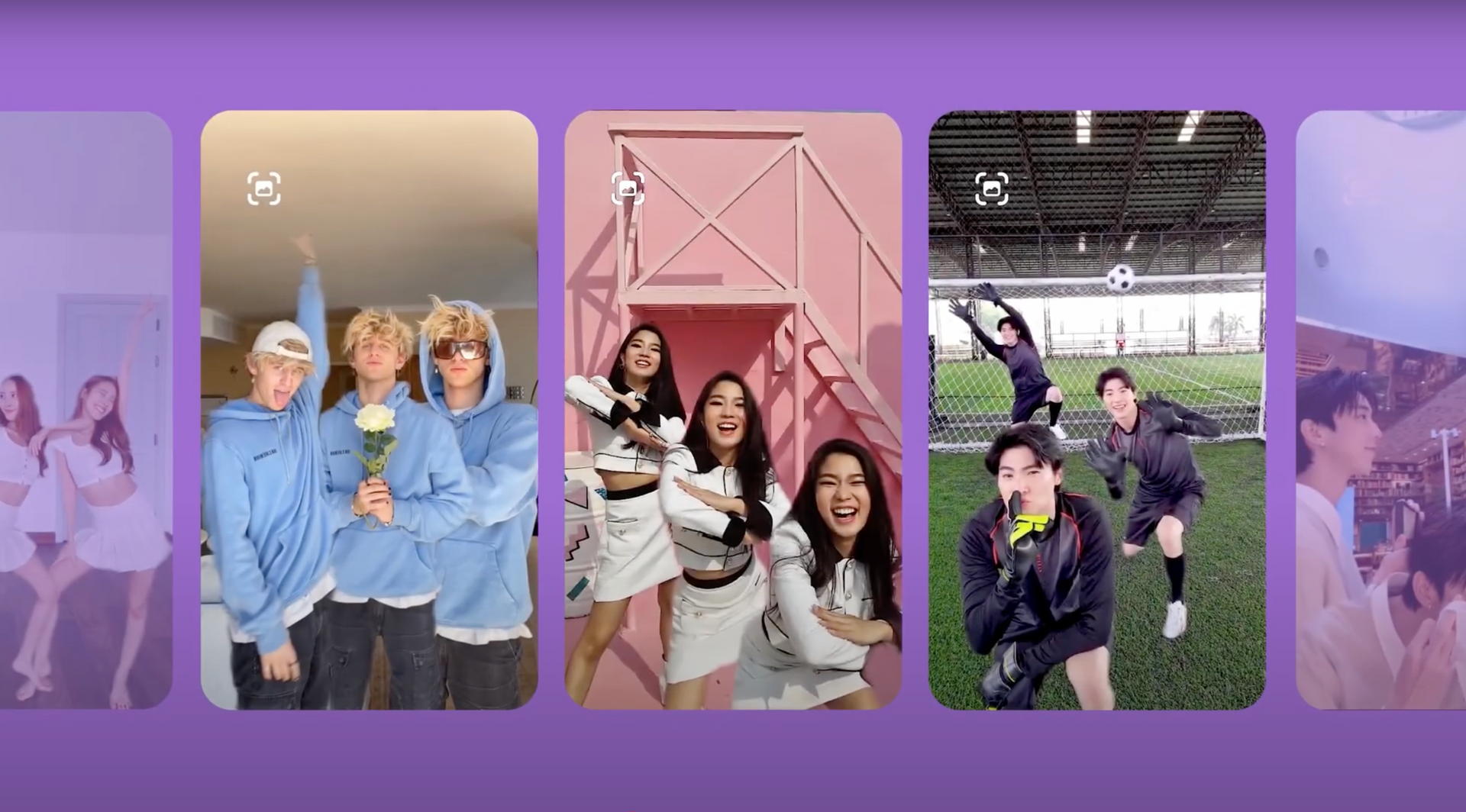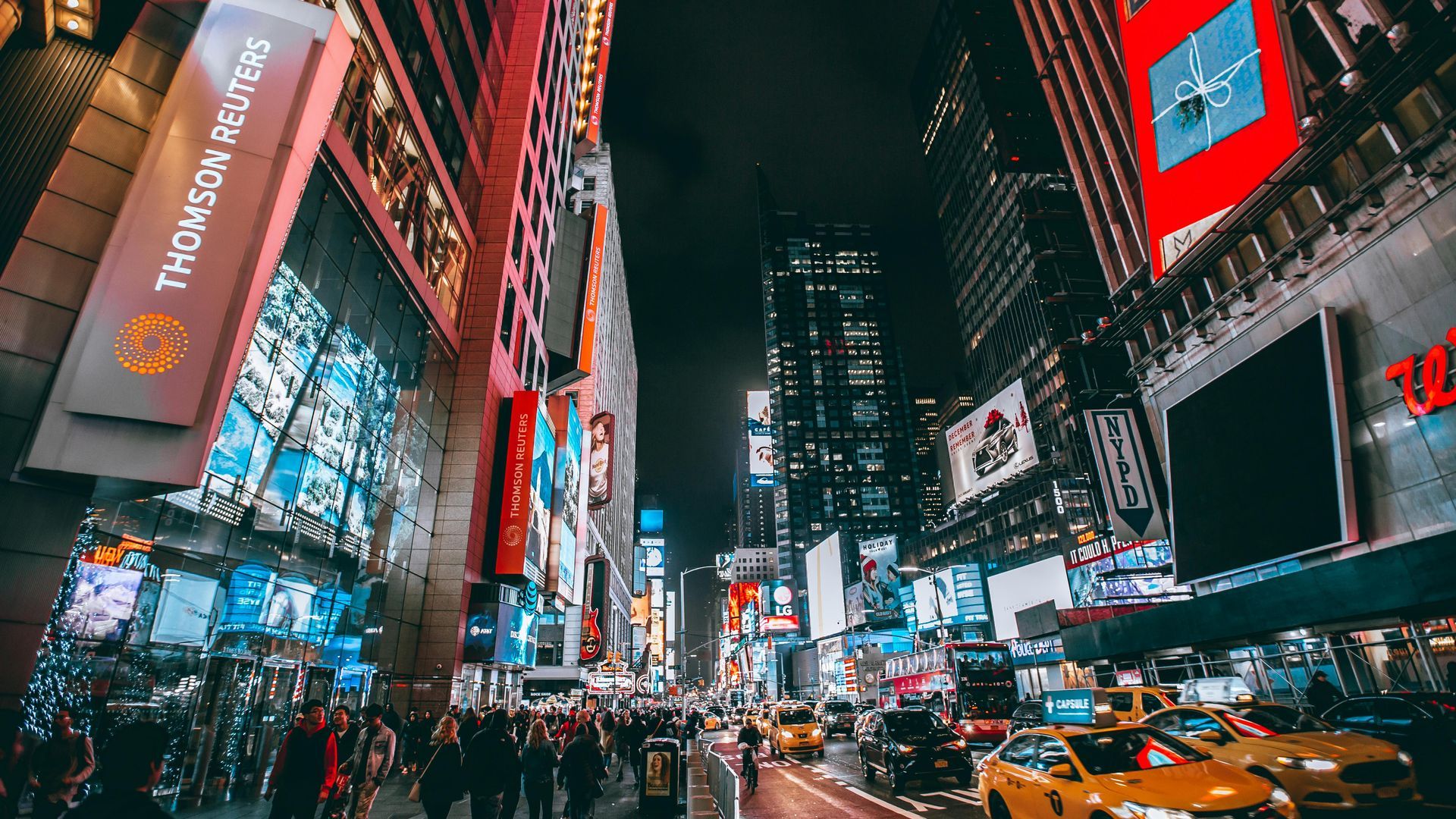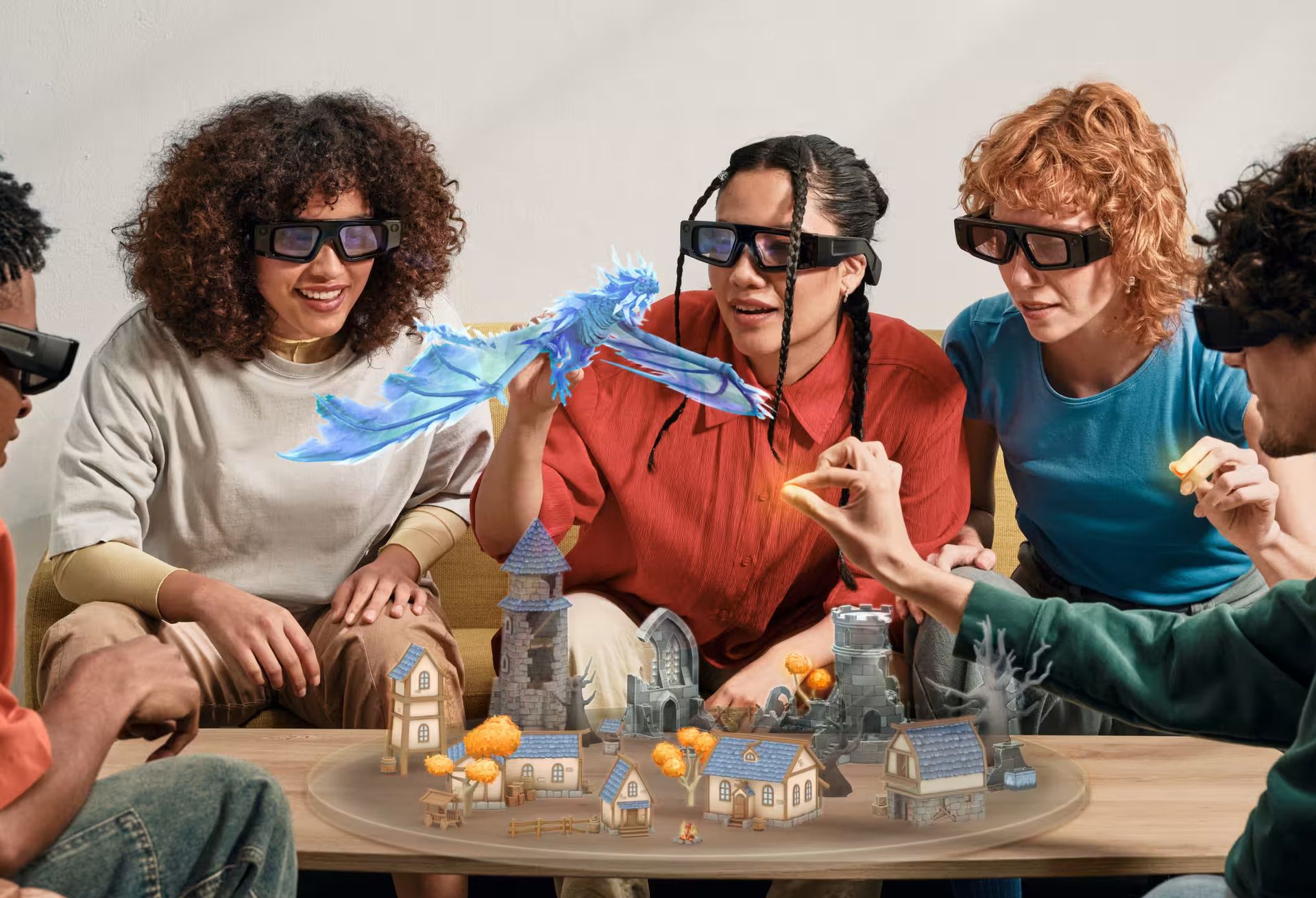Why is AR More Popular Than VR?
In the dynamic realm of digital innovation, Augmented Reality (AR) and Virtual Reality (VR) stand as two of the most fascinating technologies, each promising to transform our interaction with the digital world. Yet, despite their similarities, AR has seemingly outpaced VR in terms of popularity and widespread adoption. This article delves into the reasons behind AR's ascendancy, providing a comprehensive analysis that underscores the technology's accessibility, versatility, and integration into daily life.
The Accessibility of AR Technology
One of the most compelling reasons for AR's popularity is its remarkable accessibility. Unlike VR, which often requires specialized equipment such as headsets and controllers, AR seamlessly integrates into devices that are already integral to our daily lives—smartphones and tablets. This ease of access allows a broader audience to experience AR without the need for additional investments.
- AR on Smartphones and Tablets: With millions of smartphones in use worldwide, AR apps can reach an extensive audience, making advanced technology accessible with just a tap on the screen.
- Minimal Hardware Requirements: AR's compatibility with existing devices eliminates the barrier to entry, allowing users to explore augmented worlds without purchasing expensive or cumbersome equipment.
User-Friendly Experiences in AR
AR's integration into the real world creates user-friendly experiences that are intuitive and engaging. By overlaying digital information onto the physical environment, AR enhances the way we interact with the world around us, making it more interactive and informative.
- Intuitive User Interfaces: AR applications often feature user-friendly interfaces that encourage exploration and learning, making them accessible to users of all ages and tech-savviness.
- Real-World Integration: By augmenting the real world rather than replacing it, AR provides a unique blend of reality and virtuality, enhancing everyday experiences without isolating users from their environment.
Cost-Effectiveness of AR
The development and deployment of AR technology are significantly more cost-effective compared to VR. This affordability extends to both consumers and developers, making AR a more attractive option for a wide range of applications.
- Affordable Development and Deployment: AR applications can be developed and deployed with lower costs, making it an attractive option for businesses and developers looking to capitalize on the latest technology trends.
- Wide Range of Applications: From marketing and education to healthcare, AR's cost-effectiveness has enabled its application across various sectors, further driving its popularity.
AR's Versatile Applications
AR's real-world integration has led to its adoption across diverse fields, demonstrating its versatility and ability to enhance various aspects of life and work.
- Education and Training: AR offers interactive and immersive learning experiences, making education more engaging and effective.
- Retail and Marketing: Businesses utilize AR for virtual try-ons and augmented shopping experiences, revolutionizing the retail landscape.
- Healthcare and Rehabilitation: AR aids in complex surgeries, patient education, and physical therapy, offering innovative solutions to traditional healthcare challenges.
The Social Aspect of AR
AR has significantly impacted social interactions and media, offering new ways to connect and share experiences. Enhanced social interactions through AR applications foster a sense of community and engagement that VR has yet to match.
- Enhanced Social Interactions: AR enables shared experiences and interactions in real-time, bridging distances and creating new forms of social engagement.
- AR in Social Media: Social media platforms have embraced AR, introducing filters and effects that enhance user-generated content, making social sharing more creative and engaging.
VR's Niche Appeal
While VR offers unparalleled immersive experiences, its appeal remains niche due to the higher costs and specific use cases. VR's focus on gaming and specialized training limits its accessibility and broad-based adoption, contrasting sharply with AR's widespread applicability.
Technical Limitations of VR
VR's dependence on specific hardware and the need for physical space pose significant barriers to widespread adoption. These technical limitations restrict the user base to enthusiasts willing to invest in the necessary equipment and dedicate space to their VR experiences.
- Hardware Dependency: The need for headsets and other peripherals limits VR's accessibility, making it a more significant investment for users.
- Physical and Spatial Requirements: VR requires a designated space for safe use, limiting its applicability in smaller living environments or public spaces.
The Future Trajectory of AR and VR
Looking ahead, both AR and VR have promising futures, with advancements expected to enhance their capabilities and applications. However, AR's trajectory points towards even greater integration into daily life, driven by its accessibility, versatility, and user-friendly nature.
Why is AR More Popular Than VR?
In conclusion, AR's ascendancy over VR can be attributed to its seamless integration into daily life, cost-effectiveness, and versatile applications across various industries. By enhancing real-world experiences rather than replacing them, AR has captured the imagination of a broader audience, promising to redefine our digital interactions in the years to come.
FAQs
What makes AR more accessible than VR?
How does AR enhance user experiences in everyday life?
In what ways are businesses utilizing AR for growth?
What are the limitations of VR that affect its popularity?
How is AR expected to evolve in the future?
Can VR overcome its niche status and reach broader adoption?
Conclusion
Augmented Reality has edged out Virtual Reality in the race for technological supremacy, not through superior immersive capabilities, but through its integration, accessibility, and relevance to our everyday lives. As we continue to explore and expand the boundaries of digital technology, AR stands as a beacon of practical innovation, promising to enrich our reality in myriad ways.
TALK TO A PRO
We're here to bring your brand to life!
Stay Connected with BrandXR
Create Augmented Reality for Free!
Create, Publish, and Measure 3D Augmented Reality Experiences Without Having to Code.














